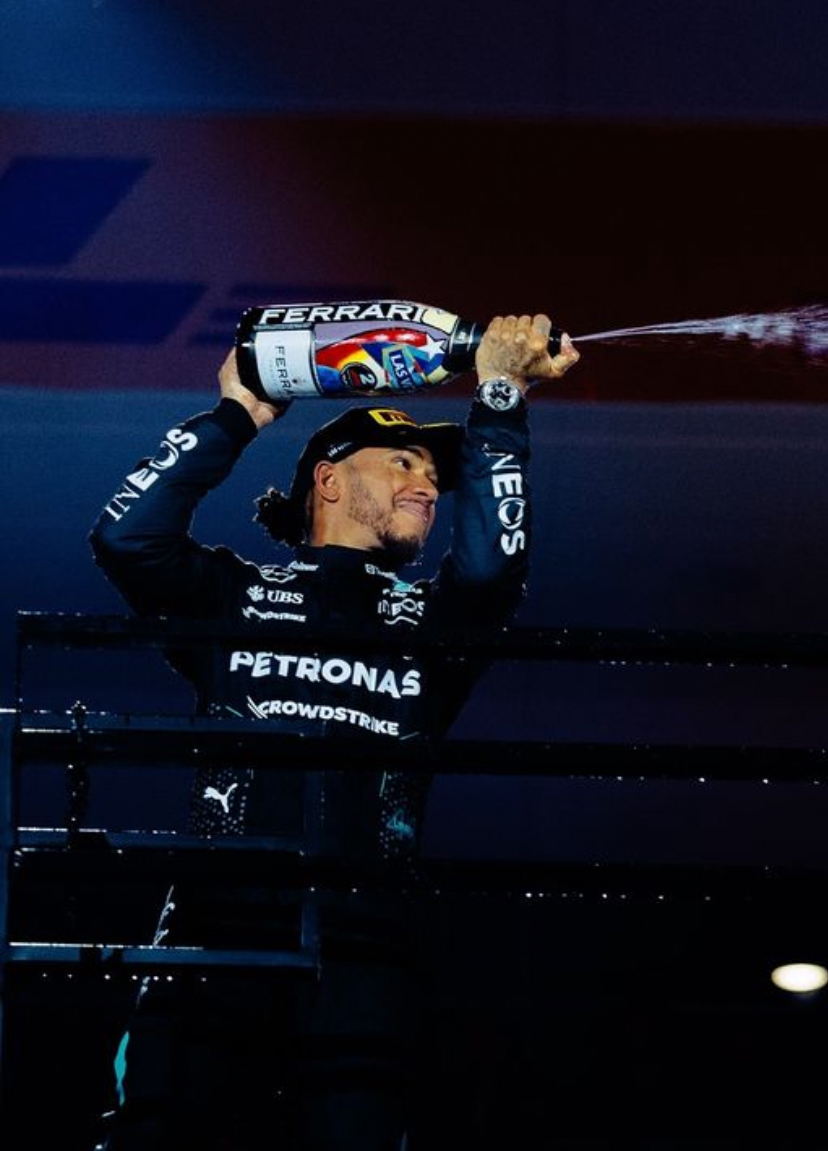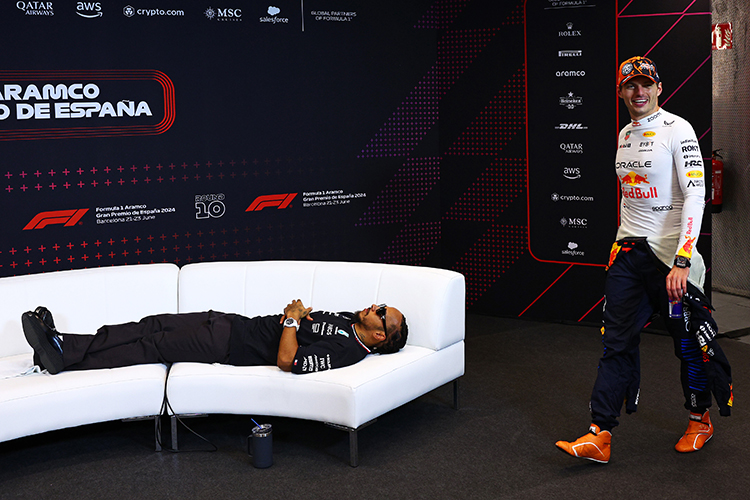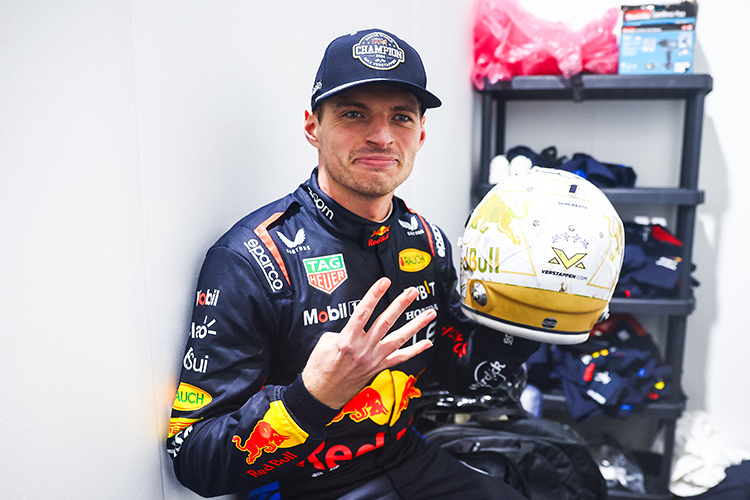F1 Cars Go Faster at Night: The Science Behind the Speed

Formula 1 World Champions: A legacy of racing legends
F1 Cars Go Faster at Night: The Science Behind the Speed
Discover why F1 cars go faster at night. Learn how cooler air, improved component cooling, and consistent lighting enhance performance during nocturnal races.
Formula 1, the pinnacle of motorsport, captivates millions of fans worldwide with its high-speed drama and cutting-edge technology. One fascinating aspect of the sport is the noticeable increase in speed during night races. But what exactly makes F1 cars go faster under the floodlights? In this article, we explore the science and engineering behind this thrilling phenomenon.
Cooler Air for Optimal Performance
One of the primary reasons F1 cars achieve higher speeds at night is due to cooler air temperatures. Nighttime conditions bring a significant drop in temperature compared to the scorching heat of daytime races. This drop results in denser air, which plays a crucial role in enhancing the car's performance:
- Aerodynamic Efficiency: Denser air increases downforce, allowing the car to grip the track more effectively. With better downforce, drivers can navigate corners at higher speeds without sacrificing control.
- Engine Power: Cooler air also allows the engine to take in more oxygen, improving combustion efficiency. As a result, the engine generates more power, enabling the car to accelerate faster and reach higher top speeds.
Improved Component Cooling
Formula 1 cars operate at the cutting edge of technology, and cooling is a key factor in maintaining peak performance. Cooler nighttime temperatures contribute significantly to component cooling:
- Engine Cooling: Engines run more efficiently when they remain within optimal temperature ranges. The cooler air helps keep the engine within these limits, reducing the risk of overheating and ensuring it performs at its best throughout the race.
- Tire Management: Tires also benefit from the cooler track conditions. Reduced tire wear and better grip are crucial in maintaining high speeds without compromising performance. Cooler temperatures help avoid excessive heat buildup, which can degrade tire performance.
Consistent Lighting Conditions
In addition to the environmental factors, night races benefit from consistent lighting conditions that contribute to faster lap times:
- Track Visibility: Unlike daytime races, where the sun's position creates variable lighting, nighttime circuits are illuminated by artificial lights, providing consistent visibility. This eliminates shifting shadows and glare, allowing drivers to maintain focus on the track.
- Driver Focus: With uniform lighting, drivers experience fewer visual distractions, enabling them to maintain their racing lines, braking points, and overtaking strategies more effectively.
The Magic of Night Racing
Night races bring a unique charm to the F1 calendar. The cooler, denser air enhances the aerodynamic and engine performance of the cars, while the consistent artificial lighting provides drivers with better visibility. These factors combine to create faster and more competitive races, offering fans an unforgettable spectacle.
Do F1 Cars Really Go Faster at Night?
Yes, F1 cars tend to go faster at night, and the science behind this phenomenon is clear. The combination of cooler air temperatures, which improves both aerodynamic efficiency and engine power, along with the enhanced cooling of car components, plays a pivotal role in boosting performance. Additionally, the consistent lighting during night races allows drivers to concentrate better and push their limits more effectively, resulting in faster lap times and thrilling races.
In Summary: Why Do F1 Cars Go Faster at Night?
F1 cars experience faster speeds at night due to several key factors:
- The cooler, denser air increases downforce and engine power, contributing to better aerodynamic efficiency.
- Improved cooling of car components, such as the engine and tires, ensures that the car performs optimally throughout the race.
- Consistent artificial lighting provides uniform visibility, allowing drivers to maintain focus and push their performance limits more effectively.
As a result, night races offer a thrilling, fast-paced spectacle where both the engineering excellence and the perfect conditions for peak performance are on full display.
Up Next



